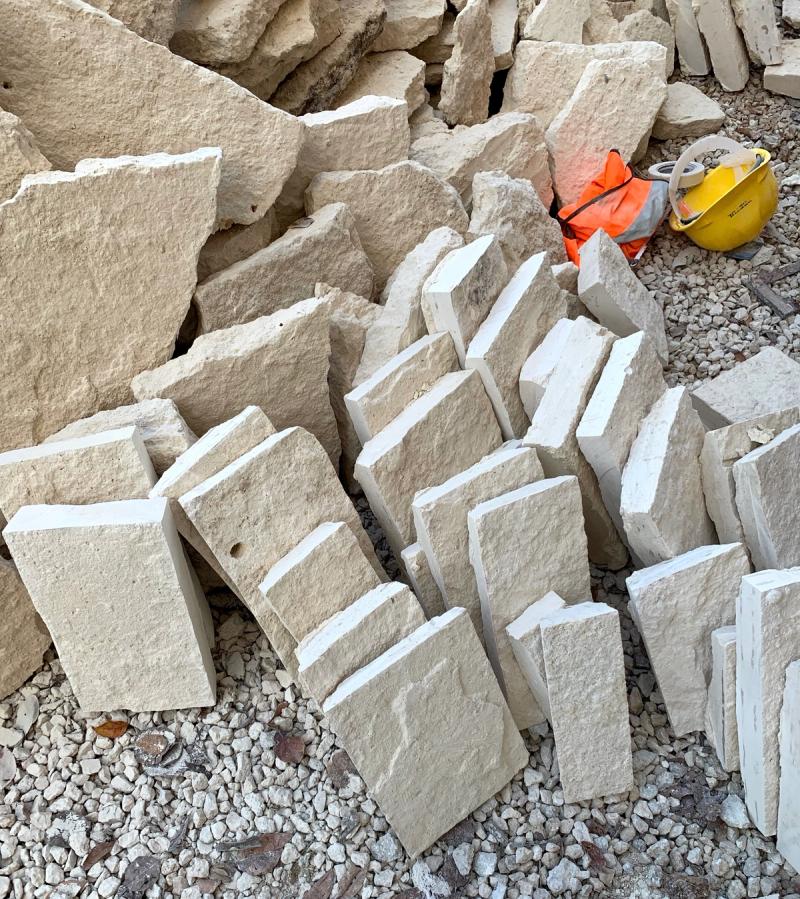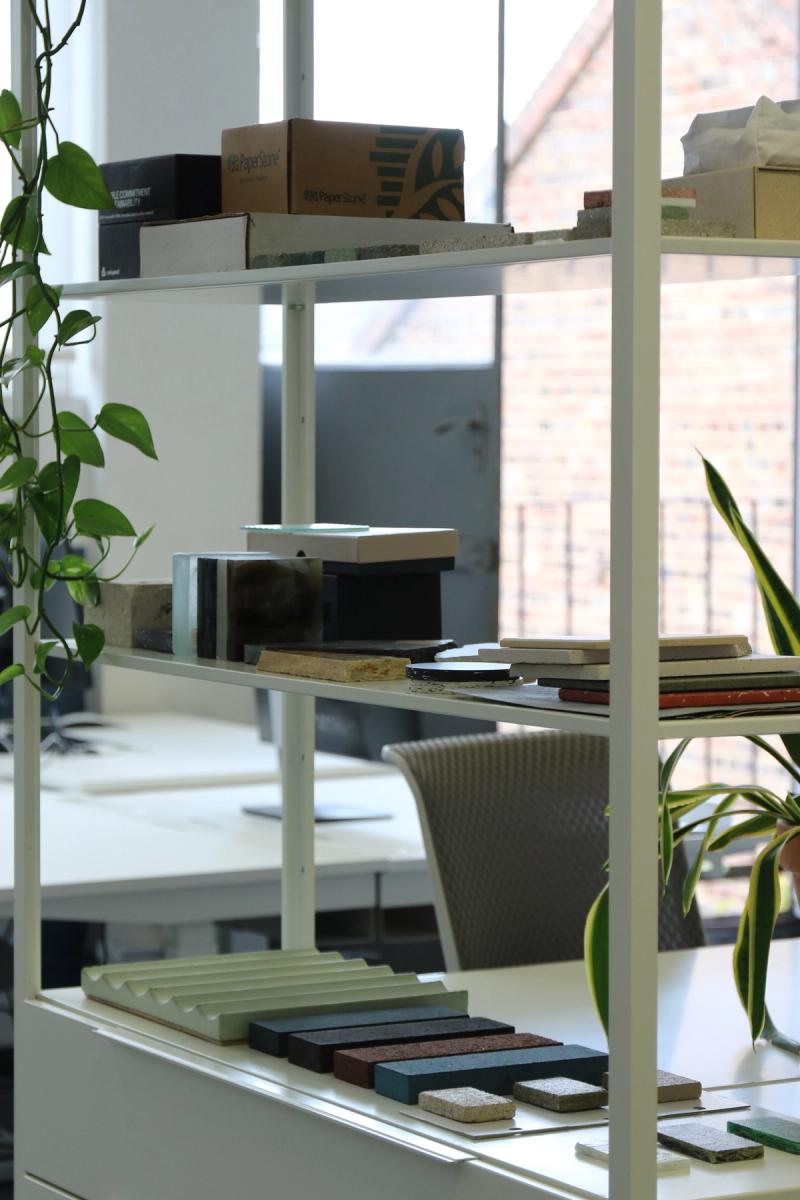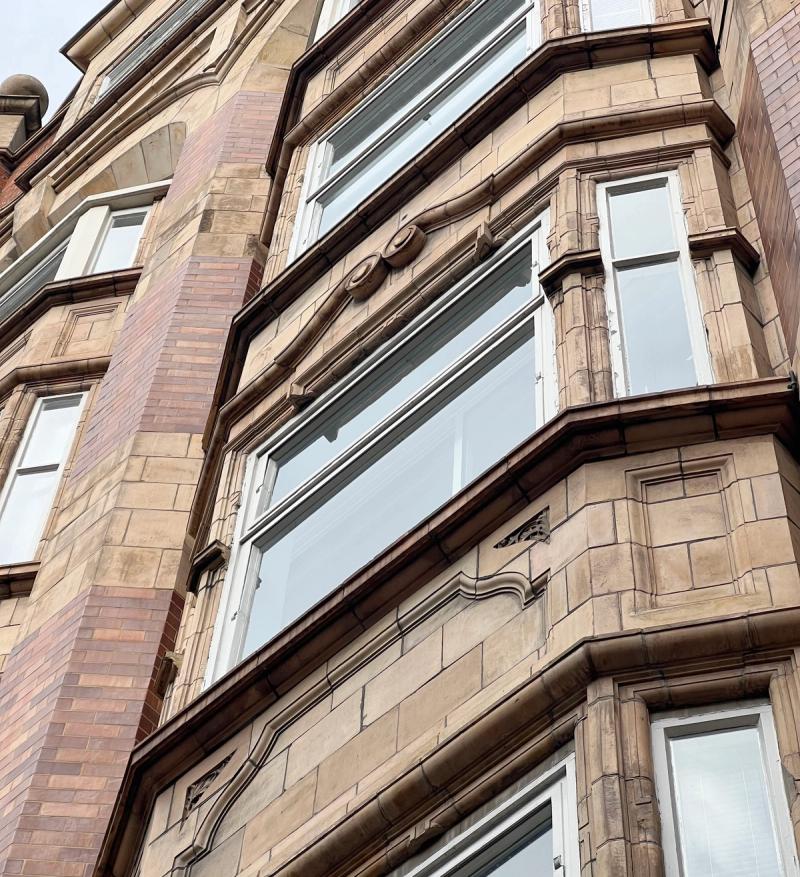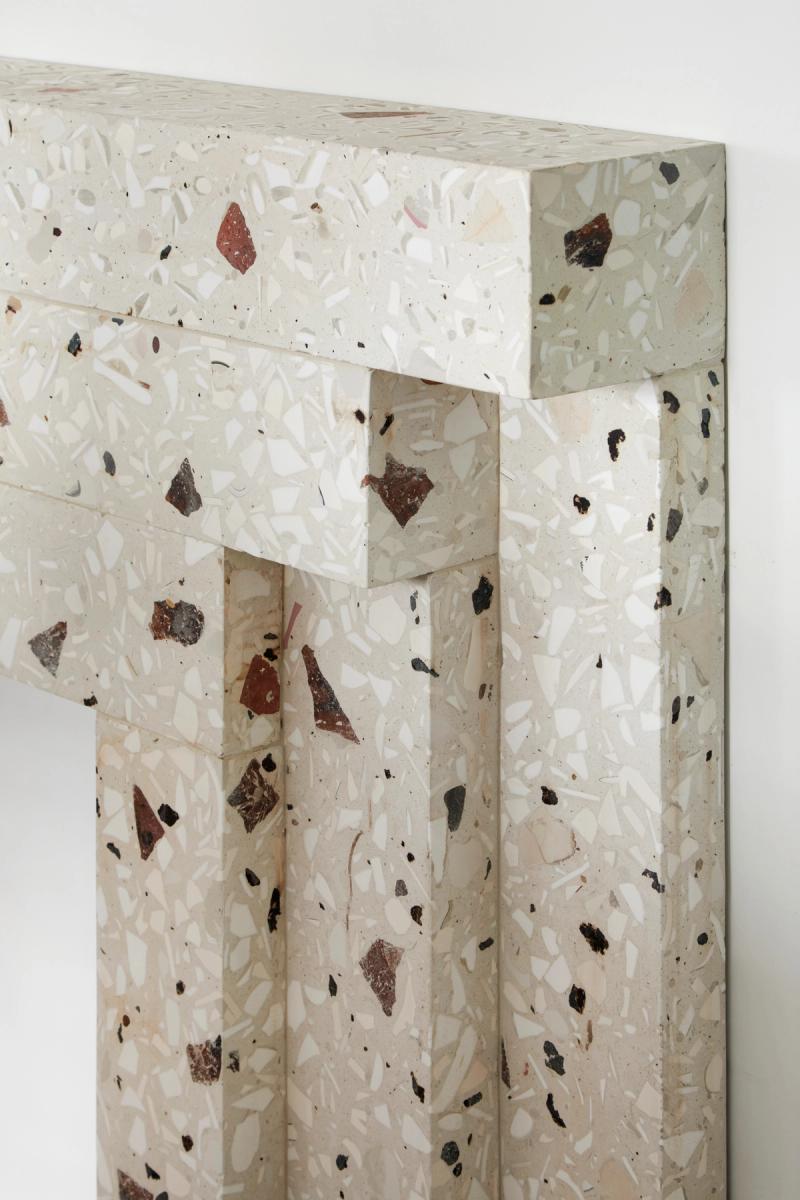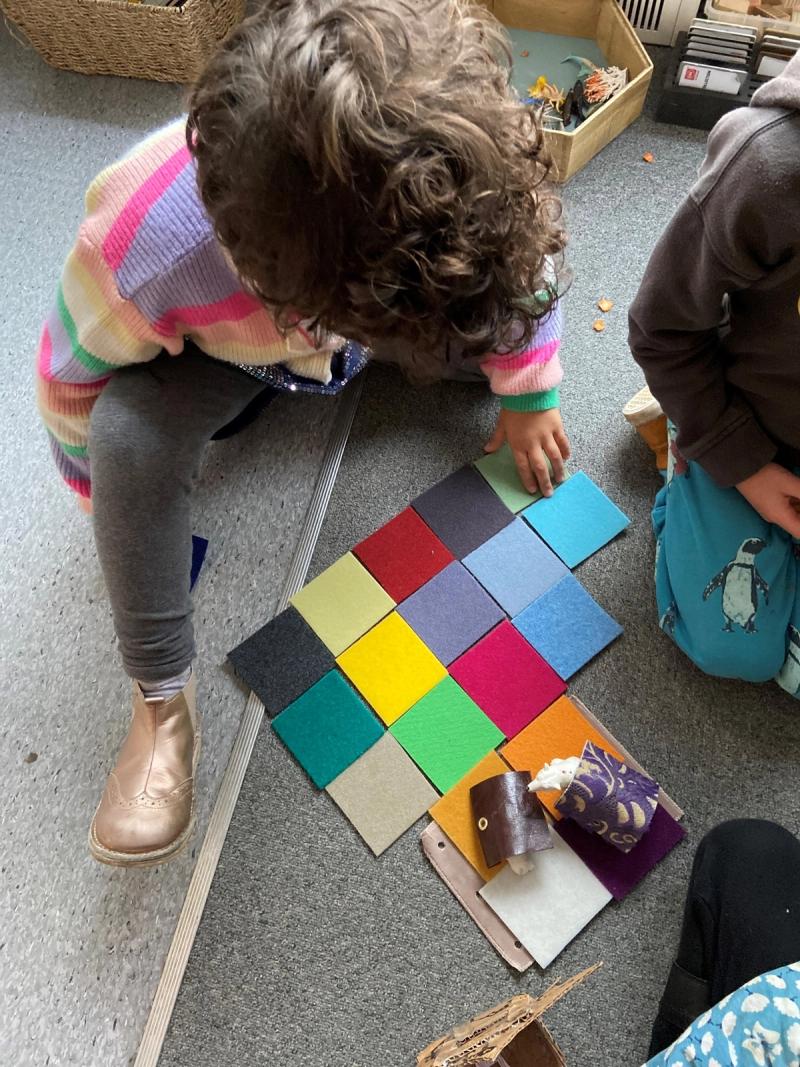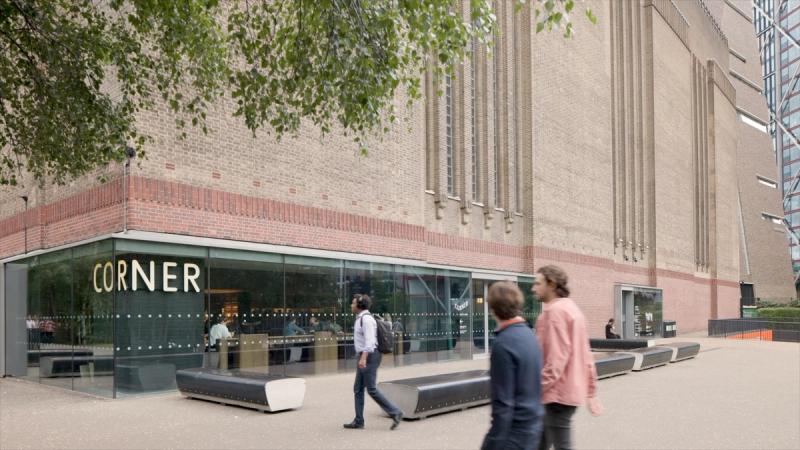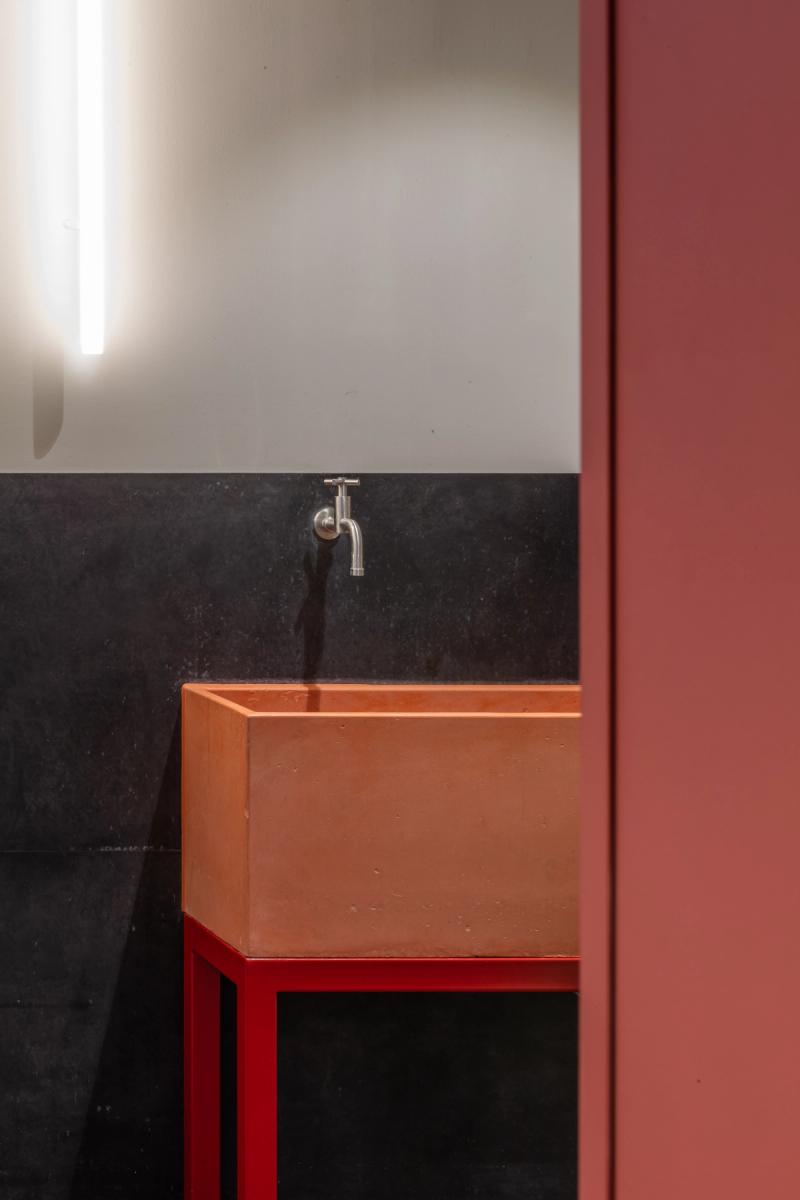What is Regen GGBS?
Regen GGBS (ground granulated blast furnace slag) is a replacement product for some of the normal Portland cement (PC) content in concrete, grout, and mortar. It significantly reduces the environmental impact of a project by cutting CO2 emissions associated with concrete while conserving natural resources. Regen GGBS can replace up to 95% of the PC content in special applications. It is usually supplied as a separate cement component for concrete and is added at the in-mixer stage.
The Sustainability Benefits of Regen GGBS
The production of standard CEM I Portland cement is energy-intensive and CO2-heavy. However, Regen GGBS needs less than one-third of the energy and produces less than 10% of the CO2 emissions compared to PC. This is because GGBS is a by-product of the iron-making industry. Its production involves cooling, drying, and grinding the slag, which uses significantly less energy. Using Regen GGBS in concrete mix reduces embodied CO2 by around 780 kg per tonne replaced, without requiring quarrying of new materials.
Each year, the UK uses over 2 million tonnes of Regen GGBS, which reduces CO2 emissions by almost 1.56 million tonnes, reduces primary energy use by 1.6 million MWh, and saves approximately 2.7 million tonnes of quarrying.
Acknowledging the Shift in Steel Production
While GGBS is a by-product of the steel industry, we recognise the shift from traditional blast furnaces powered by fossil fuels to less energy-intensive electric furnaces. This transition is expected to reduce the availability of GGBS over time, particularly in the UK. As the industry moves towards more sustainable practices, the reliance on GGBS must adapt accordingly, encouraging further innovation in low-carbon concrete solutions.





